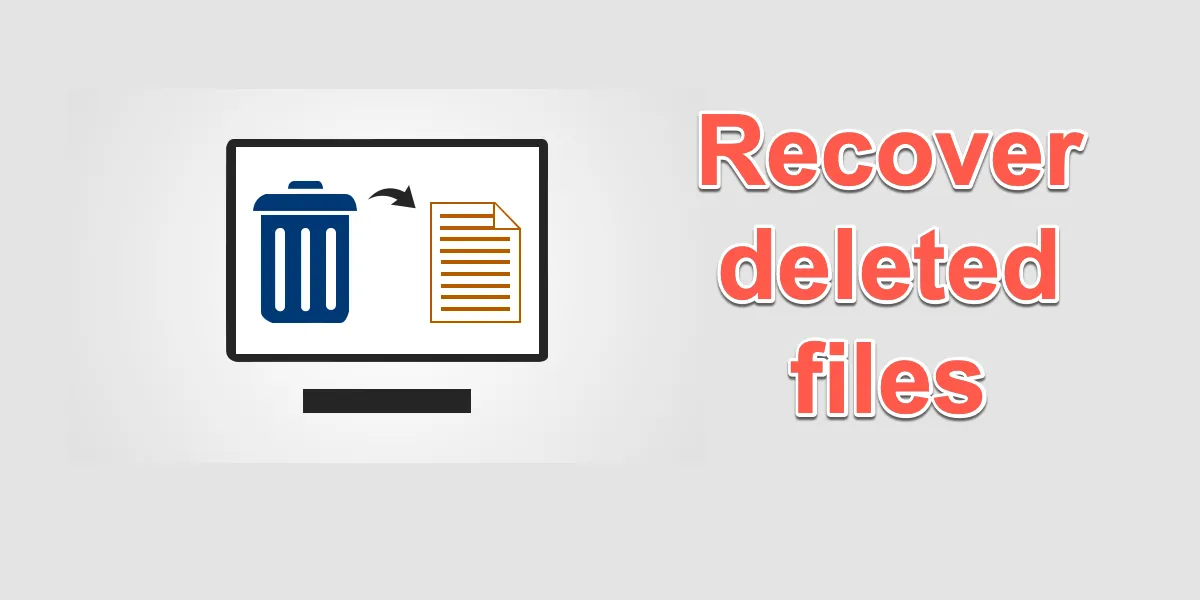Have you ever accidentally deleted an important file and thought it was gone forever? Don't panic just yet! In this guide, we'll show you how to recover deleted files on both Windows and MacOS systems. Whether it's a crucial document, a cherished photo, or an essential project file, there's hope for retrieving it. Let's dive in!
For Windows:
1. Check the Recycle Bin: The first place to look for deleted files on Windows is the Recycle Bin. Double-click on the Recycle Bin icon on your desktop to open it. If you find the deleted file here, simply right-click on it and select "Restore" to return it to its original location.
2. Use File History (Windows 10/11): If you've enabled File History on your Windows 10 or 11 system, you can recover previous versions of files. Search for "File History" in the Start menu, then select "Restore your files with File History" and follow the prompts to locate and recover your deleted files.
3. Try Data Recovery Software: If the above methods don't work, consider using third-party data recovery software like Recuva, EaseUS Data Recovery Wizard, or Stellar Data Recovery. Install the software, scan your hard drive for deleted files, and follow the on-screen instructions to recover them.
For MacOS:
1. Check the Trash: Similar to the Recycle Bin on Windows, MacOS has a Trash folder where deleted files are temporarily stored. Click on the Trash icon in the Dock to open it. If you find your deleted file here, drag it back to the desktop or the desired location to restore it.
2. Use Time Machine: If you've set up Time Machine for backups on your MacOS system, recovering deleted files is a breeze. Launch Time Machine by clicking on its icon in the menu bar or searching for it in Spotlight. Navigate to the date when the file was still available, select it, and click "Restore" to bring it back.
3. Employ Data Recovery Software: In case your deleted file isn't in the Trash or covered by Time Machine, you can turn to data recovery software like Disk Drill, Data Rescue, or TestDisk. Download and install the software, scan your hard drive for deleted files, and follow the instructions to recover them.
Remember, the key to successful file recovery is acting quickly. Avoid saving new files or installing new software on the affected drive to prevent overwriting the deleted data. With these methods at your disposal, you can often retrieve your precious files and breathe a sigh of relief.




No comments:
Post a Comment